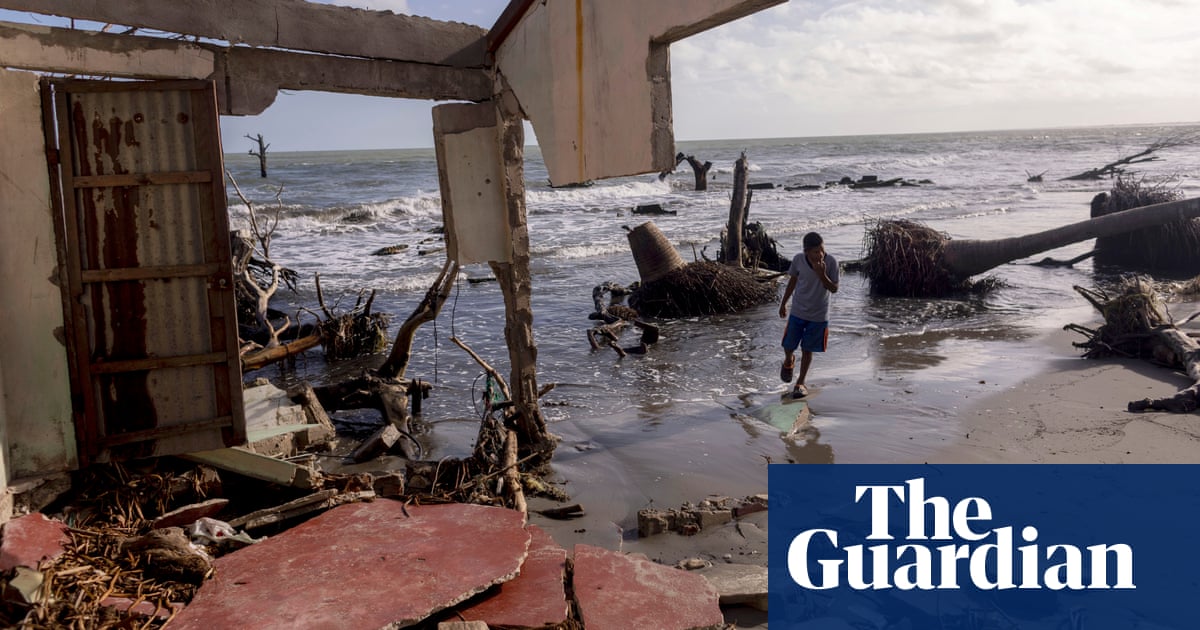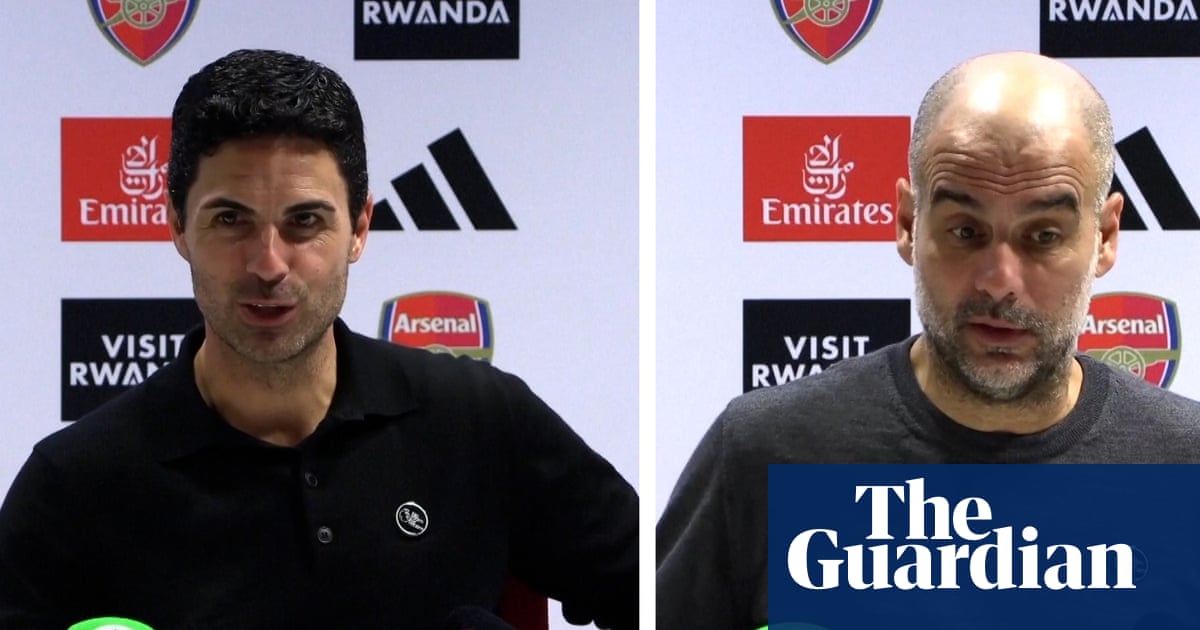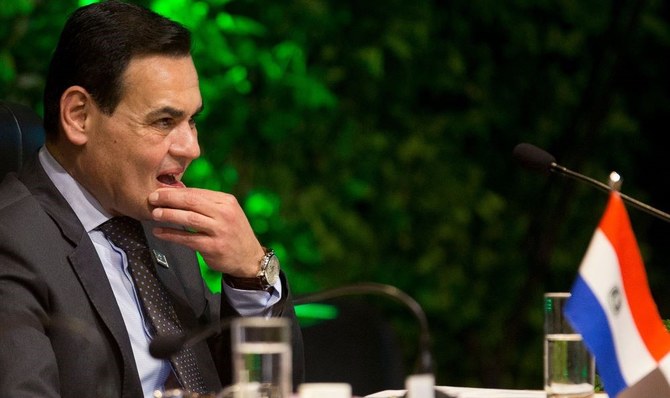
India
The Great Indian Kitchen
A leaking kitchen pipe is at the heart of this Malayalam language film, set in a relatively prosperous family home in scenic Kerala. Each day, the new bride asks her husband, a teacher, to get it fixed. Each day, she clears out pails of dirty water from under the sink. Each day, he returns having carelessly forgotten her request.
Repetition is key in this merciless excavation of a woman’s life after marriage, written and directed by Jeo Baby. The camera returns time and again to her going through the motions of cooking, cleaning, supplying sex to her husband. The men do yoga and leave the house. The women are seen serving the men: cleaning their leftovers from the table, handing them a toothbrush each morning, fetching their slippers. But mostly, they are kept busy in the kitchen – endlessly chopping, grating, washing and sweeping.
The sheer monotony of their chores recalls Simone de Beauvoir’s description of housework as being akin to sisyphean torture, as mundane tasks eat away the hours of their lives.
There are no easy villains here. The people are ordinary, the cruelty normalised. The protagonist is everywoman, remaining unnamed through the film. Certainly her slow misery and thwarted ambitions touched a chord among audiences across India. Her eventual rebellion has elements of fantasy but is the kind of escapism one can cheer for.
Watch The Great Indian Kitchen for its portrait of patriarchy in everyday guise, and how progressive ideas can often be comfortably discarded when entering the domestic space, like a pair of outdoor slippers.
Taran Khan, Mumbai-based writer and author of Shadow City
Ethiopia
Faya Dayi
Shot in black and white, with a cinematic style and rhythm that lets its characters and locations transcend the screen, this poetic, multilayered documentary by Ethiopian-Mexican film-maker Jessica Beshir captures the spiritual, psychological, familial and socioeconomic tensions and transitions experienced by a generation of Ethiopian youth.
Set around the ancient town of Harar, the sensitive and unflinching nature with which Beshir constructs Faya Dayi demonstrates her intimate understanding of the region. Framed by the larger socioeconomic and political transformations of this eastern region of Ethiopia, where khat has replaced coffee as the main cash crop and ethnicity has become politicised, the side-effects of these shifts are felt through the experiences and dreams of a boy called Mohammed.
Mohammed’s story is interspersed by multiple other narratives, which make his toiling in the fields, errand running for neighbours and despairing over his father’s addiction to “chewing khat”, while coming to terms with the fact that his mother left him for the promise of a better life abroad, all the more resonant with the burning existential dilemma facing Ethiopia today.
Dr Michael W Thomas, postdoctoral research fellow at Soas, University of London on the African Screen Worlds project
Peru
Manco Cápac
Manco Cápac is the name of the legendary founder of the Inca civilisation, and this minimalist feature film has been selected to represent Peru in the Oscars’ best international feature film category.
It tells the story of a young internal migrant’s survival, as he travels to the southern city of Puno with no more than 2 sol (£0.37) and a mobile phone card in his pocket.
“It’s a story of classism and indifference,” says film-maker Henry Vallejo. He began writing the screenplay in 2010, but the project stalled due to lack of funding. The central character, a timid 20-year-old called Elisbán (played by Jesús Luque), was inspired by a former classmate.
“He is looking for work. The antagonist is the city itself,” says Vallejo. “It’s a story about lack of empathy. But there are Elisbán’s in every part of the world.”
“We had to make it with little money and resources. We wanted to dispense with all sensationalism,” he adds.
Shot in single takes with sparse narrative in Spanish and Quechua, it is a realistic glimpse at the daily struggles of millions of Peruvians. Given the subject, Vallejo admits it is a huge achievement that the film has made it to the big screen. The film premiered in Peru at the beginning of December.
Dan Collyns, co-director of documentary film The Adventures of Wonder Woman: Inside the War Against Illegal Gold Mining in Peru’s Amazon
Djibouti
The Gravedigger’s Wife
A seemingly simple love story, The Gravedigger’s Wife, set in Djibouti, tells the tale of Guled (Omar Abdi) who digs graves for a living, his sick wife, Nasra (Yasmin Warsame) and their son, Mahad (Kadar Abdoul-Aziz Ibrahim).
Somali-Finish director, Khadar Ayderus Ahmed, says he made the film because he wanted to give voice to “members of society whose contribution to the society is overlooked or not appreciated”.
The most significant aspect for Ahmed “was … being on set in Djibouti city, directing an entirely Somali cast in my own mother tongue and bringing the story to life”. This is possibly the most important aspect of this film.
The Gravedigger’s Wife has drawn attention to Somali storytelling, having won top prize at the 27th Pan-African Film and Television Festival of Ouagadougou (Fespaco), and is the only film in the Somali language to ever be submitted for consideration at the Oscars.
Sagal Ali, executive director of the Somali Arts Foundation (SAF)
Nepal
I am Belmaya
In 2015, film-maker Kesang Tseten released Castaway Man, a haunting documentary of the life and mysterious death of controversial anthropologist Dor Bahadur Bista, which exposed the complexities of caste and ethnicity in modern Nepal. This year’s I Am Belmaya does something similar for gender through the extraordinary story of a determined young woman who uses her camera as a lever to escape a life mired in poverty and domestic violence.
Sue Carpenter met her future co-director Belmaya, who is also the title character, when she was 14 and living in a girl’s orphanage in the tourist town of Pokhara. Carpenter was running a photography project there to give these forgotten children a voice. Belmaya proved the the project a success, but the orphanage was badly run and later closed its doors to outsiders. Carpenter and Belmaya lost touch.
When they met again in 2014, Belmaya was 21, a mother and struggling in an abusive marriage. For the next seven years, they worked together to document Belmaya’s struggle to work as a film-maker and raise her daughter. The result is an uplifting and life-affirming film that never loses sight of the realities of a woman’s place in the modern Himalaya.
Ed Douglas, author of Himalaya: A Human History
Bangladesh
Antara: Songs of Afternoon
As soon as she was freed from lockdown, Antara planned to fly a helicopter over to the next building and retrieve her stranded football. The Bangladeshi toddler, who this short documentary was named after, had little else to entertain her, isolated high in one of the towers that dominate Dhaka.
This film by Antara’s parents Farid Ahmad and Salma Sonia, focuses on the little girl and her longing to retrieve the ball to relieve her boredom, but splices it with the cries for help from women in the street below, who cannot afford to remain inside during a lockdown.
These scenes, captured from their flat, are stitched together into a powerful portrayal of Dhaka’s harshness. Even in normal times, the city is stifling and isolating for children, with its confined living and lack of open areas, and unforgiving for the poor, who work informally and have no safety net. Through Antara, we learn how lockdown pushed the city’s residents even closer to the edge.
Kaamil Ahmed
Colombia
Suspensión
On the edge of Colombia’s Amazon rainforest, workers toil on a massive bridge that has remained unfinished for generations. The herculean project – ambitious given the hostile terrain, intermittent landslides, and warring rebel groups – was supposed to replace a winding, unpaved road between two provincial capitals. But local people doubt it will ever be finished and it is now an ironic tourist destination overlooking the perilous old road, nicknamed “the trampoline of death”. Visitors pose for selfies above while workers pour concrete behind them.
Suspensión, an elegiac documentary by Colombian film-maker Simón Uribe Martínez, shows how unkept promises and corruption across successive governments have dramatically impeded the lives of local people.
The film garnered rave reviews in Colombia and played at festivals in Amsterdam, Mexico City, São Paulo, Barcelona, Austin and London.
Joe Parkin Daniels, a British journalist based in Bogotá, Colombia, covering human rights, the country’s internal conflict and health
The Democratic Republic of the Congo
The Rumba Kings
The infectious groove, captivating guitar licks and smooth vocals that inspired jazz in New Orleans, zouk in the French Caribbean and Afrobeats in Nigeria – and which have just been inscribed into Unesco’s intangible cultural heritage list – are captured in Peruvian director Alan Brain’s first feature-length documentary film.
Brain is also a salsa musician and was introduced to rumba by a fellow band member while he was documenting the humanitarian crises engulfing the DRC for the UN. What he discovered changed him. “I fell in love with rumba,” Brain told Peter Krausz of Movie Metropolis, “it began to dawn on me that there must be a documentary here.”
Starring rumba stalwarts, including Papa Wemba, poet Lutumba Simaro and Manu Dibango – the artists who popularised rumba internationally and who died in 2016, 2019 and 2020 respectively – the riveting documentary concerns itself with Congolese beauty, creativity and resilience. But despite being stocked with musical sequences, it is not a concert film.
Using archival footage of rumba and the DRC’s colonial era, and commentaries from rumba scholars, including Antoine Manda Tchebwa and Lubangi Muniania, Brain traces the rebirth of Congolese people from King Leopold II’s Congo Free State – which Joseph Conrad is thought to be referring to in Heart of Darkness when he described “the vilest scramble for loot that ever disfigured the history of human conscience” – to freedom and independence in 1960.
In The Rumba Kings, we meet not only the artists, musicians, producers and lyricists who made rumba the soundtrack of pan-Africanism but also people such as Le Grand Kallé, Papa Noel, Docteur Nico and Franco who, in the 1950s Belgian Congo, used music – not bullets, bombs or ballots – to end European colonisation in central and southern Africa. The Rumba Kings is a love letter to Congolese people.
Vava Tampa, a freelance writer focusing on Africa’s great lakes, decolonisation and culture
Egypt
Feathers
This absurdist drama, directed by Omar El Zohairy, catches you off guard with a grey and grimy city environment that is almost post-Soviet in style. In post-1970s Egypt, a working-class family – a domineering father, an abused, almost mute wife and three kids – throws a party and a magician mistakenly turns the dad into a chicken.
Tormented by trying to find a sorcerer to revive her husband and providing for her family, the wife’s situation reflects on social inequality and subjugation of women, as she fights off harassers and bureaucracy while taking care of the chicken. As the plot thickens, with few words, and a dark comic twist to her transition into the breadwinner, she takes matters into her own hands.
Zohairy’s cinematic take on poverty, although apolitical, angered several ultranationalist figures. State-owned newspaper Al-Akhbar, one of the biggest in the country, accused him of “distorting Egypt’s image” in exchange for “receiving €40,000 in funds”. Pro-state TV personality and MP Mostafa Bakry demanded the government sack the film’s producer, Mohamed Hefzy, from his position as head of the Cairo international film festival and called for the film to be banned from being screened commercially. Nevertheless, Zohairy believes he made “a film with a human story, a very deep, painful story with a poetic cinematic language”.
Adham Youssef, a freelance journalist and film critic, based in Cairo
Nigeria
Eyimofe
Eyimofe (This is My Desire in Yoruba) is a beautifully subtle and moving film that follows two unrelated people, Mofe and Rosa, who are both full of dreams of leaving overwhelming economic struggles in Nigeria for a fresh start in Europe.
Just as striking as their layered, individual stories, which each form half of the film, is the backdrop of Lagos and how it is depicted by debut film-makers, twin brothers Arie and Chuko Esiri. Shot entirely in 16mm, the film offers a sensitive and pensive illustration of a city that is often cast as teeming and frenetic, full of vibrancy and the extremes of wealth and poverty. Yet in Eyimofe, the reality of working-class life is shown with nuance, hope and hopelessness.
In the intense struggles of the main characters to leave Nigeria, the film spotlights the desperation of migrants, while revealing, but not demonising, the world they fight to escape.
Emmanuel Akinwotu, the Guardian’s west Africa correspondent
Sign up for a different view with our Global Dispatch newsletter – a roundup of our top stories from around the world, recommended reads, and thoughts from our team on key development and human rights issues, delivered to your inbox every two weeks:












